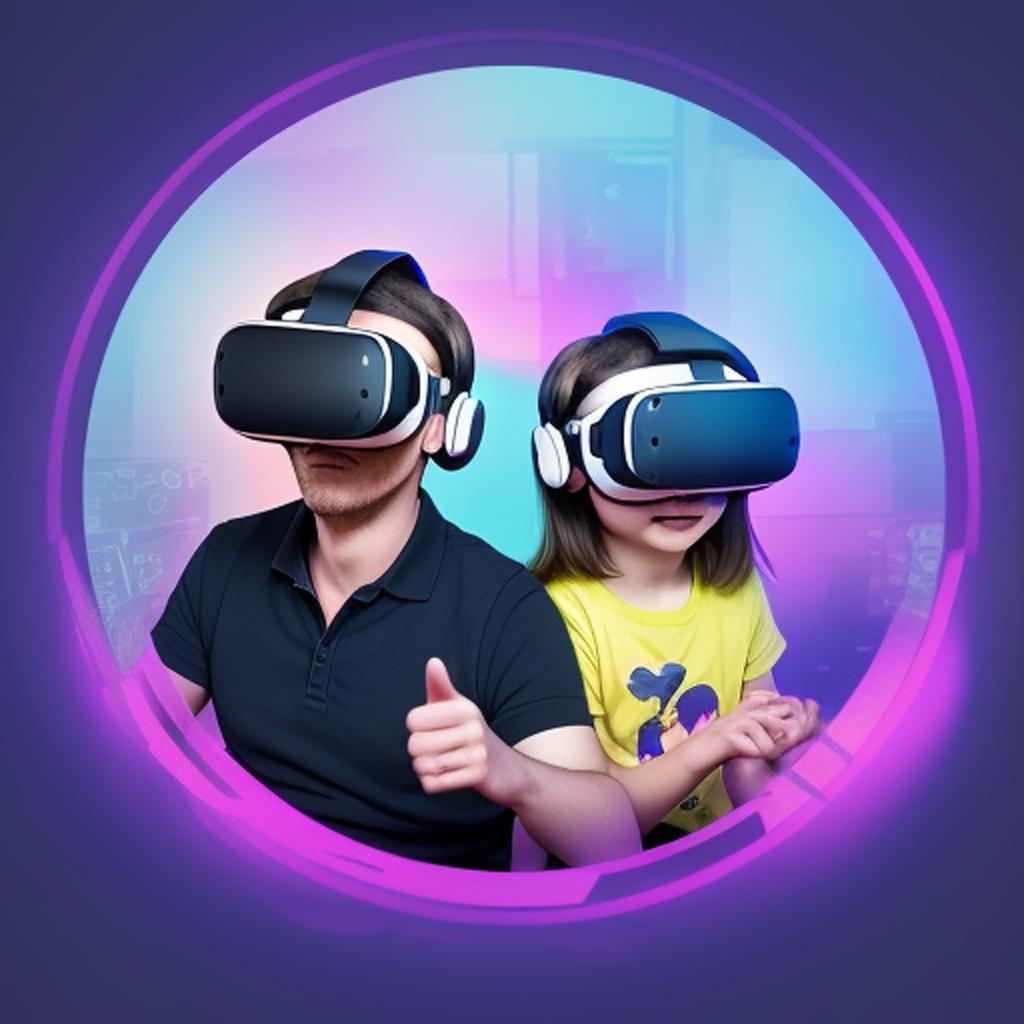Parenting Pair Programming: The Power of Shared Activities
 Al Romano
Al Romano
Welcome back, crusader of code and champion of children! We've been on a powerful journey, adapting Agile methodologies to our parenting adventures. Now, we're ready to level up yet again by exploring the concept of 'Pair Programming' in a parenting context. Ready to unlock a new achievement? Let's game on!
In the realm of software development, Pair Programming involves two programmers working together at one workstation. One, the 'driver', writes the code while the 'observer' or 'navigator' reviews each line of code as it's typed in. The two programmers switch roles frequently (1). The process is a collaborative way to catch errors, share knowledge, and create quality code.
But how does this translate into parenting, you ask? Well, imagine the 'Pair Programming' concept applied to shared activities with your child - 'Parenting Pair Programming', if you will. Engaging in activities together, especially ones that hold shared interests, can enhance communication, build trust, and foster mutual understanding. And for us gamer dads, co-playing video games could be an ideal way to initiate this.
Ready for a new side quest? Here we go!
1. Choose the Game: Involve your child in the selection process. Choose a game that's appropriate for their age and interests. It can be a co-op game where you work together or a single-player game where you take turns. Remember, the aim is to promote shared engagement, not to compete against each other.
2. Discuss the Strategies: Before jumping into gameplay, take some time to discuss strategies. If it's a game your child is already familiar with, let them take the lead. It's a great opportunity to show them that their opinions and skills are valued.
3. Share the Controls: Sharing the controls is akin to swapping the 'driver' and 'navigator' roles in Pair Programming. It encourages turn-taking, patience, and the concept of mutual respect. If you're playing a co-op game, roles could be swapped based on levels or time intervals.
4. Discuss as You Play: Active discussion during gameplay can make the experience much more enriching. Discuss the game plot, character motivations, and game mechanics, or simply share your excitement over a well-executed move.
5. Reflect Post Gameplay: After your gaming session, talk about the experience. Discuss what you both enjoyed, any challenges faced, and what you learned.
Remember, 'Parenting Pair Programming' isn't limited to video gaming. Any shared activity that encourages interaction and collaboration could serve the purpose, like cooking a meal, building a model, or reading a book together.
Pair Programming, in the context of software development, is proven to increase code quality and enhance team communication (2). Applying this approach to parenting activities can lead to similar benefits, increasing the quality of interactions and enhancing the parent-child bond.
'Parenting Pair Programming' isn't just a strategy; it's an adventure you embark upon with your child, navigating the landscapes of mutual respect, communication, and shared joy. It's about crafting an epic tale of teamwork, shared victories, and learned lessons.
So, are you ready, noble knight of the controller? It's time to take on this new quest, one filled with shared laughter, high-fives, and the priceless reward of quality time spent with your child. As they say in the gaming world, 'GG' (Good Game), gamers!
Sources:
Williams, L., & Kessler, R. (2000). All I really need to know about pair programming I learned in kindergarten. Communications of the ACM, 43(5), 108-114.
Cockburn, A., & Williams, L. (2000). The costs and benefits of pair programming. Extreme programming examined, 223-243.
Subscribe to my newsletter
Read articles from Al Romano directly inside your inbox. Subscribe to the newsletter, and don't miss out.
Written by

Al Romano
Al Romano
I'm Al. I'm a self-taught web developer with a nack for learning new things and breaking stuff. I enjoy being creative but find expressing it artistically, difficult. But, once I found coding, I was able to express that creativity that no paint-brush or paint-mouse ever quite could do for me and I've never looked back since. 🎶 Started with the LAMP-stack, now I'm all about that JAM-stack. 🎶